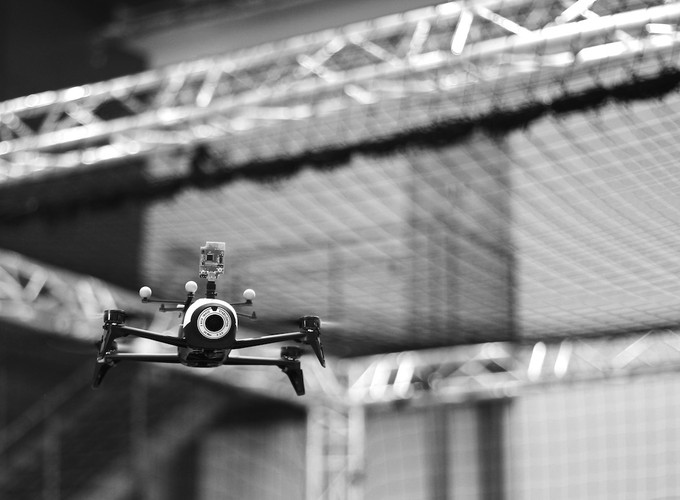Enhanced UAV Indoor Navigation through SLAM-Augmented UWB Localization

Enhanced UAV Indoor Navigation through SLAM-Augmented UWB Localization
Abstract
Applications using low cost quadrotor solutions find broad attention in both research and industry. While autonomous flight in outdoor environments is achieved using global navigation satellite systems, dedicated precise wireless localization is a promising candidate to enable indoor navigation. However, equip- ping large industrial areas with wireless localization is possible, but providing the required coverage may not be economical. Therefore, this work aims to augment and fuse state of the art ultra-wideband localization with monocular simultaneous localization and mapping to enable autonomous flight in areas not covered by wireless localization. For the in-depth validation of the proposed approach, two experiments are performed. The first one is providing an extensive experimental analysis of the accuracy of different localization methods for drones, whereas the second experiment is showing that precise waypoint flight in areas not covered by wireless localization is feasible, lowering the threshold for integration of future drone-based cyber physical systems in current industrial environments.